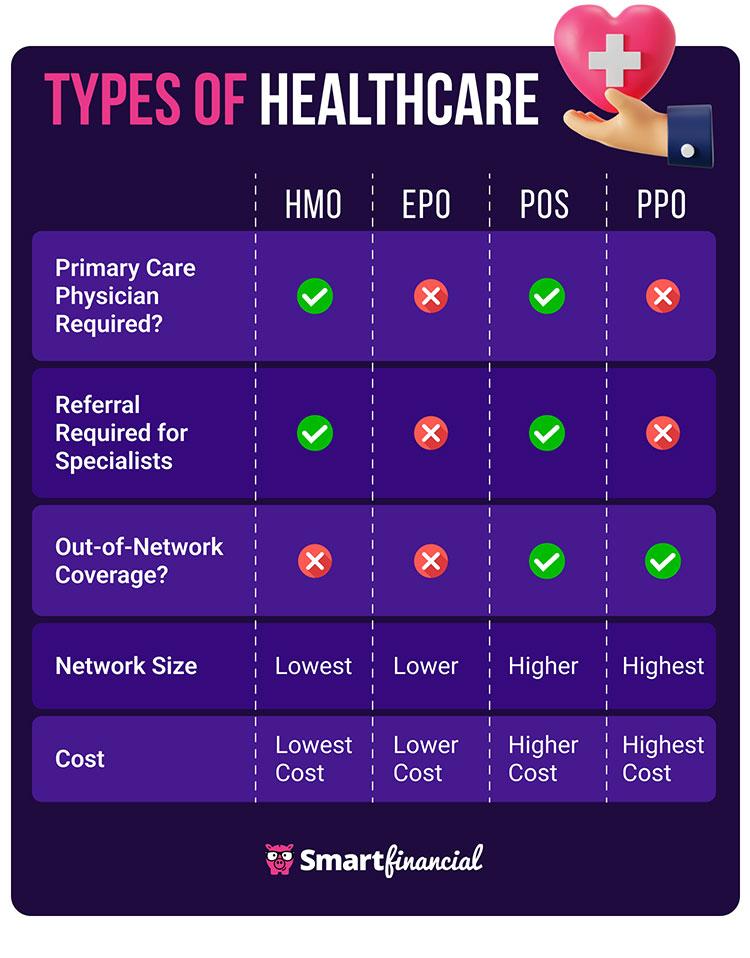Choosing the right health insurance plan can feel like navigating a maze, with so many options, terms, and fine print to wade through. But don’t worry—finding the perfect fit for your health and wallet doesn’t have to be overwhelming. In this article, we’ll break down the basics of health insurance plans in a friendly, straightforward way, helping you understand what’s out there and how to pick the one that suits your lifestyle best. Whether you’re new to health coverage or looking to switch things up, we’ve got you covered!
Table of Contents
- Choosing the Right Coverage for Your Lifestyle and Budget
- Understanding Common Health Insurance Terms Made Simple
- Exploring Different Plan Types to Match Your Health Needs
- Tips for Saving Money While Getting the Best Benefits
- In Summary
Choosing the Right Coverage for Your Lifestyle and Budget
When selecting a health insurance plan, it’s essential to balance your medical needs with your financial comfort. Consider how often you visit doctors, whether you require regular prescriptions, and if specialized care is part of your routine. Those with active lifestyles or chronic conditions might benefit from plans with comprehensive coverage, while occasional users could opt for basic plans with lower premiums. Remember, it’s not just about the monthly cost—deductibles, copayments, and out-of-pocket maximums play a crucial role in your overall expenses.
To simplify your decision-making, think about the following:
- Network flexibility: Do you prefer broad access to any doctor or specific healthcare providers?
- Preventive services: Are wellness check-ups and screenings included without extra costs?
- Emergency coverage: How does the plan handle urgent and emergency care expenses?
- Budget planning: Can you manage deductibles during unexpected medical situations?
Matching your insurance to your lifestyle means weighing these elements carefully to ensure you’re protected without stretching your budget.
Understanding Common Health Insurance Terms Made Simple
When diving into the world of health insurance, the jargon can feel overwhelming. But breaking down the essentials helps you navigate options confidently. Understanding terms like premium, the amount you pay monthly for your plan, and deductible, the sum you cover out-of-pocket before insurance kicks in, sets a solid foundation. Also, knowing copayments or coinsurance clarifies what your share of medical costs might be after meeting the deductible.
Here are some must-know terms to keep handy:
- Network: The group of doctors and hospitals your plan covers.
- Out-of-pocket maximum: The highest amount you’ll pay in a year — after this, insurance pays 100% of covered expenses.
- Preauthorization: Approval needed from your insurer before certain treatments.
Armed with this knowledge, picking a plan that suits your healthcare needs and budget becomes much easier.
Exploring Different Plan Types to Match Your Health Needs
Choosing the right health insurance plan can feel overwhelming, but understanding the variety of options available helps you align coverage with your lifestyle and medical needs. From Health Maintenance Organizations (HMOs) offering lower premiums in exchange for a network of preferred providers, to Preferred Provider Organizations (PPOs) granting more flexibility with a broader range of doctors, each plan type brings unique benefits. There are also Exclusive Provider Organizations (EPOs) that blend aspects of HMOs and PPOs by allowing access to network providers without referrals but limiting coverage to network care only.
When contemplating your choices, consider factors like how often you visit doctors, whether you require specialist care, your budget for monthly premiums, and how much you’re comfortable paying out-of-pocket for services. Plans often vary by:
- Monthly premium costs — what you pay regardless of receiving care
- Deductibles and copayments — your share before insurance kicks in
- Network restrictions — who and where you can receive covered treatment
- Prescription drug coverage — important if you regularly take medication
Evaluating these elements ensures you not only save money but also get the care that truly fits your health requirements. Remember, the ideal plan is less about fancy features and more about how well it serves your well-being today and tomorrow.
Tips for Saving Money While Getting the Best Benefits
Finding the right balance between cost and coverage is easier when you focus on what truly matters. Start by evaluating your healthcare needs and prioritizing plans that cover your most frequent medical expenses. Consider using a health savings account (HSA) paired with a high-deductible plan to save on premiums while still benefiting from tax-advantaged funds for medical costs. Additionally, staying in-network can significantly reduce out-of-pocket expenses—always double-check your preferred doctors and pharmacies are included.
Smart strategies to save:
- Compare multiple plan options annually to catch new deals or policy tweaks.
- Utilize preventive care benefits like screenings and vaccinations, which are often free.
- Leverage wellness programs offered by insurers to earn discounts or rewards.
- Review your prescription drug coverage carefully to avoid unexpected costs.
By being proactive and informed, you can confidently choose a plan that protects both your health and your wallet without sacrificing quality benefits.
In Summary
And there you have it—a straightforward guide to navigating the world of health insurance plans! Finding the perfect fit might seem overwhelming at first, but with a little research and knowing what to look for, you can choose a plan that suits your needs and budget. Remember, your health is priceless, and having the right coverage gives you peace of mind when it matters most. So take your time, compare your options, and don’t hesitate to ask questions along the way. Here’s to making informed decisions and staying healthy! Thanks for reading, and feel free to share your own tips or experiences in the comments below!





